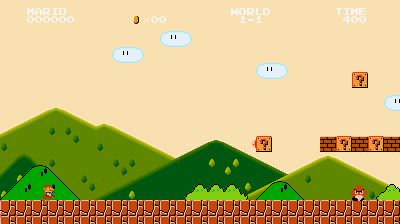I have just released FXParallax, a library for adding parallax effects to Java (JavaFX). In my first post I’ve started to explain what parallax is, where it’s being used and my first implementation of it.
Since my first post, I’ve changed several things: implementation, bugs, API, etc.
FXParallax is composed of a set of controls that are either already ready to use and have a parallax effect or are a general purpose control that makes it easy for you to add a parallax effect to a UI component.
Currently only one control exists in this library: ParallaxListView, it’s a ListView with a parallax effect.
I’ve added a page with documentation for this library, you should check it out here.
Future developments
I plan to add a general purpose control, probably named ParallaxPane. It will allow you to more easily create a UI component with a parallax effect. It will accept a collection of layers and will probably allow some way of defining the scroll speed.
Unless there is a high demand I won’t be doing this in the near future. There are other things I’d like to do first.
